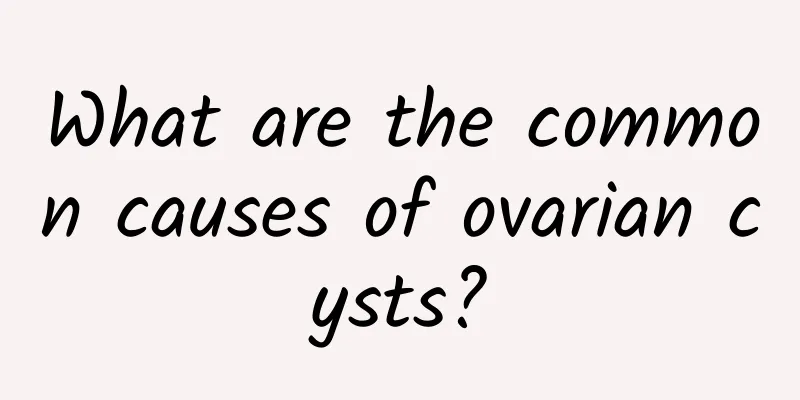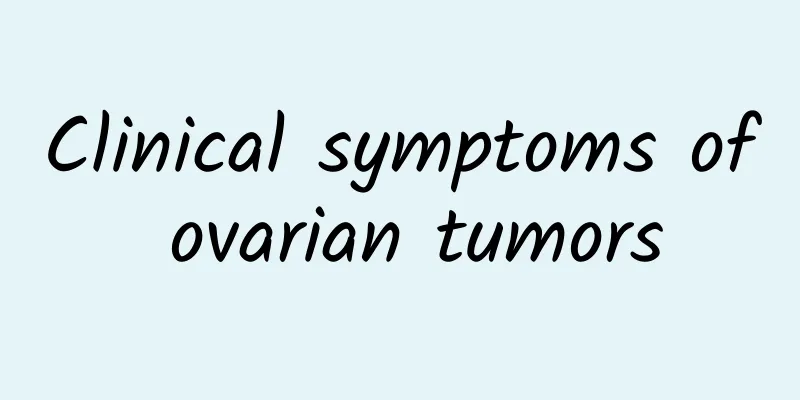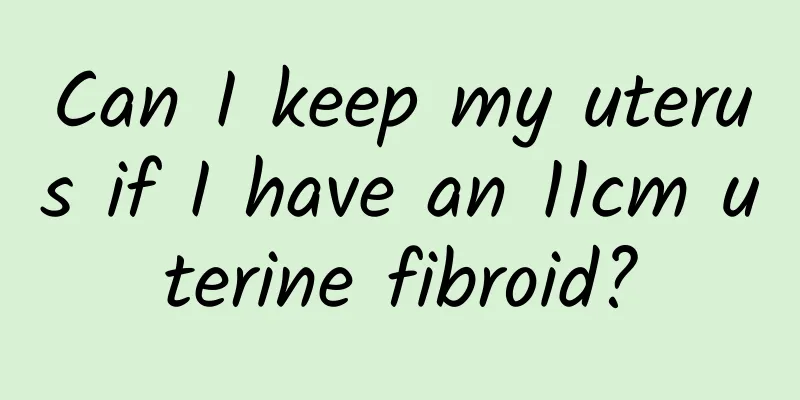What medicine is used for vaginitis?

|
Different types of vaginal inflammation require different treatments. Local medication combined with systemic medication is required. Patients with trichomoniasis vaginitis may have multiple sites of trichomoniasis infection in the urethra, paraurethral glands, and Bartholin's glands at the same time. Systemic medication is required to cure this disease, and vaginal douching should be avoided. The main treatment drugs are nitroimidazole drugs. 1. For the initial treatment, you can choose metronidazole 2g, taken orally once; or tinidazole 2g, taken orally once; or metronidazole 400mg, taken twice a day for 7 consecutive days. The cure rate of oral medication is 90%-95%. For patients taking metronidazole, avoid breastfeeding within 12-24 hours after taking the medicine, and for patients taking tinidazole, avoid breastfeeding within 3 days after taking the medicine. 2. Treatment of sexual partners Trichomonas vaginitis is mainly transmitted by sexual intercourse, so sexual partners should be treated at the same time, and patients and sexual partners should be informed to avoid unprotected sex before recovery. Fungal vaginitis, now also known as vulvovaginal candidiasis, is often treated with azole antifungal drugs. For local medication, the following drugs can be placed deep in the vagina, such as clotrimazole preparations, 1 500mg tablet, single medication; or 1 150mg tablet every night, for 7 consecutive days; there are also miconazole preparations, 1 200mg tablet every night, for 7 consecutive days; or 1 400mg tablet every night, for 3 consecutive days; or 1 1200mg tablet, single medication; there are also nystatin preparations, 1 100,000 U tablet every night, for 10-14 consecutive days. Systemic medication: For unmarried women and those who are not suitable for local medication, oral medication can be used. Commonly used drugs, such as fluconazole 150mg, taken all at once. For bacterial vaginosis, metronidazole topical medication can be considered. Combined with topical chlorhexidine acetate flushing treatment. |
<<: What are the hazards of ovarian cyst combined with pregnancy
>>: What can I eat after laparoscopic surgery for uterine fibroids?
Recommend
The harm of cervical erosion should not be underestimated
Cervical erosion is a very common gynecological d...
Adnexitis is usually related to sexual life.
Adnexitis is usually related to sexual life, that...
What are the common symptoms of uterine fibroids? Is frequent urination and difficulty urinating a manifestation of uterine fibroids?
Gynecological uterine fibroids are mostly multipl...
How does chronic pelvic inflammatory disease cause ectopic pregnancy?
As a common gynecological disease, chronic pelvic...
Which hospital is good for treating uterine effusion?
Uterine effusion is a common gynecological diseas...
Bacterial vaginosis is caused by bad habits
Gynecological diseases are more common in women a...
What happens if I don’t have my period one month after having a medical abortion?
What happens if I don’t have my period one month ...
Explosive cream experience! After 6 years, Chinese hairy crabs are imported
The explosive cream experience is reproduced agai...
What are the dangers of cervical erosion?
Beware! Cervical cancer is getting younger and yo...
What's wrong with having two periods in one month?
What's wrong with having two periods in one m...
What should people with uterine fibroids eat?
What is the best food for people with uterine fib...
What to pay attention to after ovarian cyst surgery
What should I pay attention to after ovarian cyst...
What are the causes of ovarian cysts and what are the specific symptoms
The ovaries are relatively small organs in the hu...
Help everyone understand the common treatment methods for irregular menstruation
Don't panic after suffering from irregular me...
Is uterine fluid accumulation during pregnancy serious?
Is uterine effusion serious during pregnancy? The...






![[Video version] This exercise is essential to increase immunity during the epidemic!](/upload/images/67dcf8e833ca2.webp)


